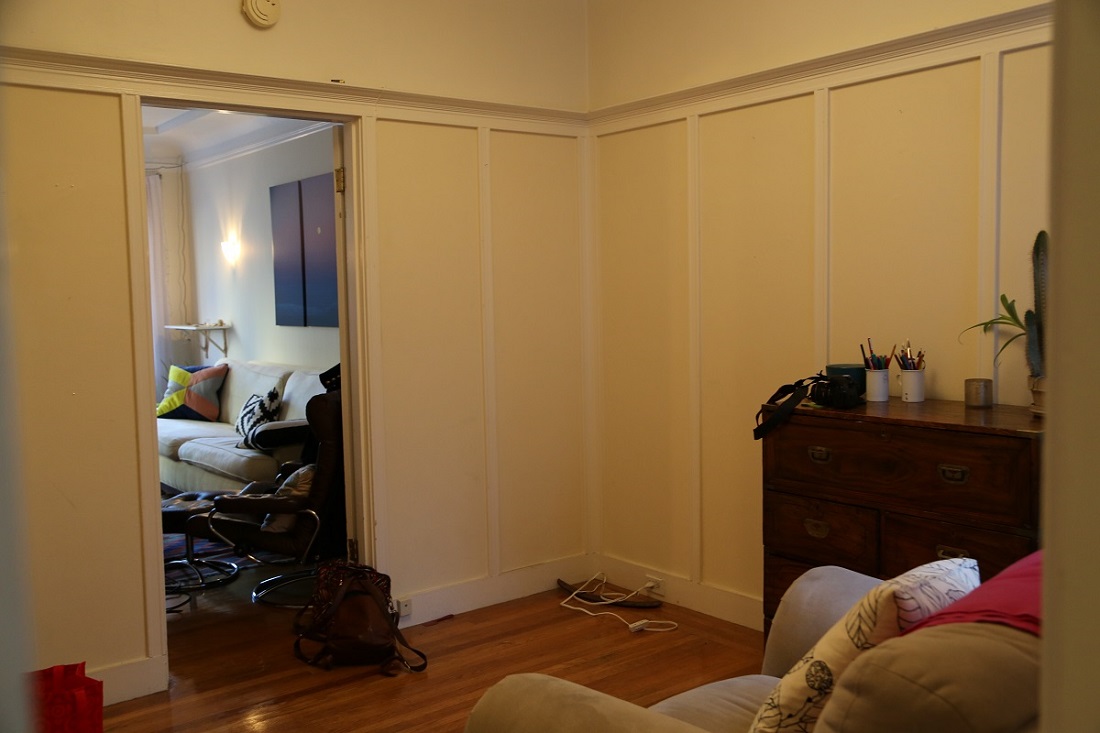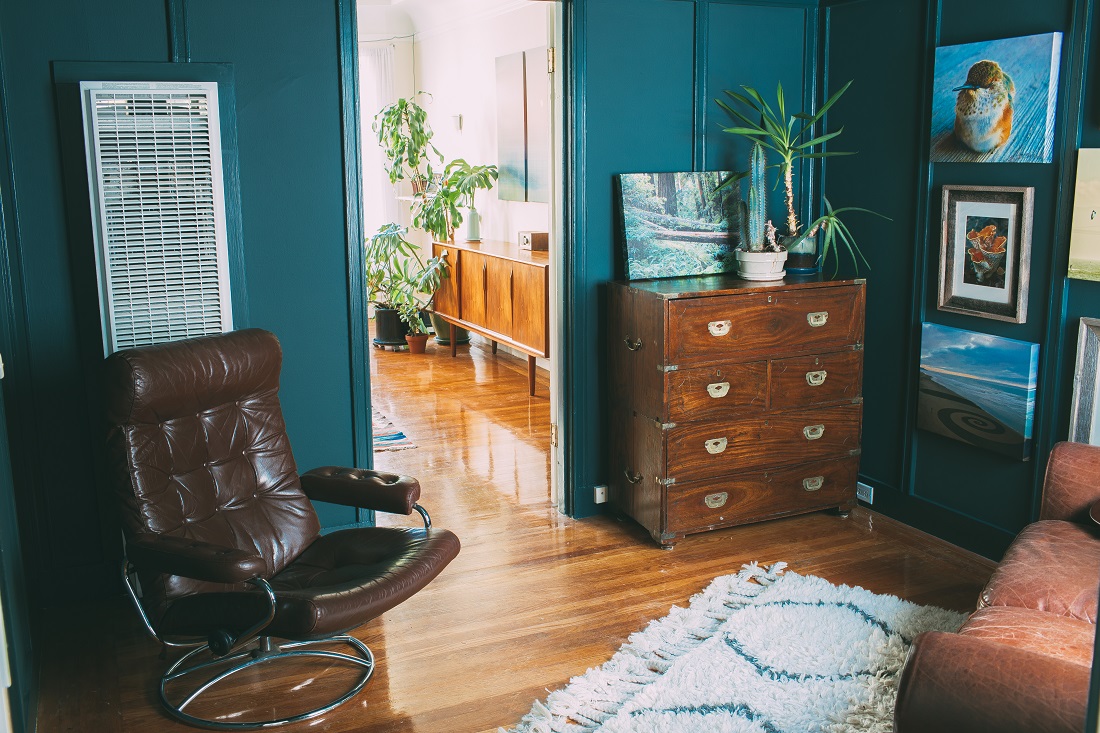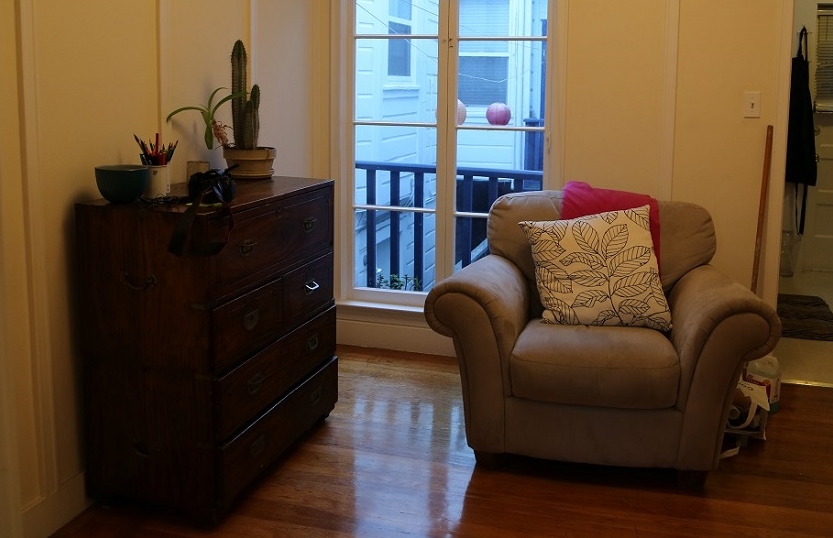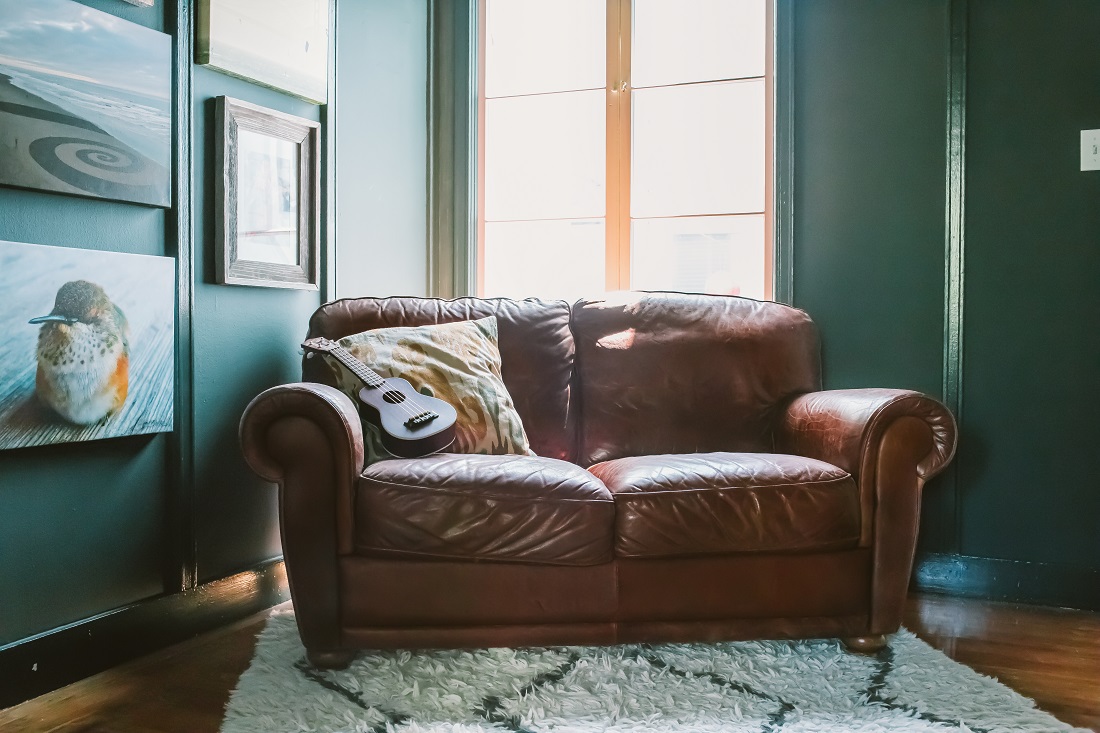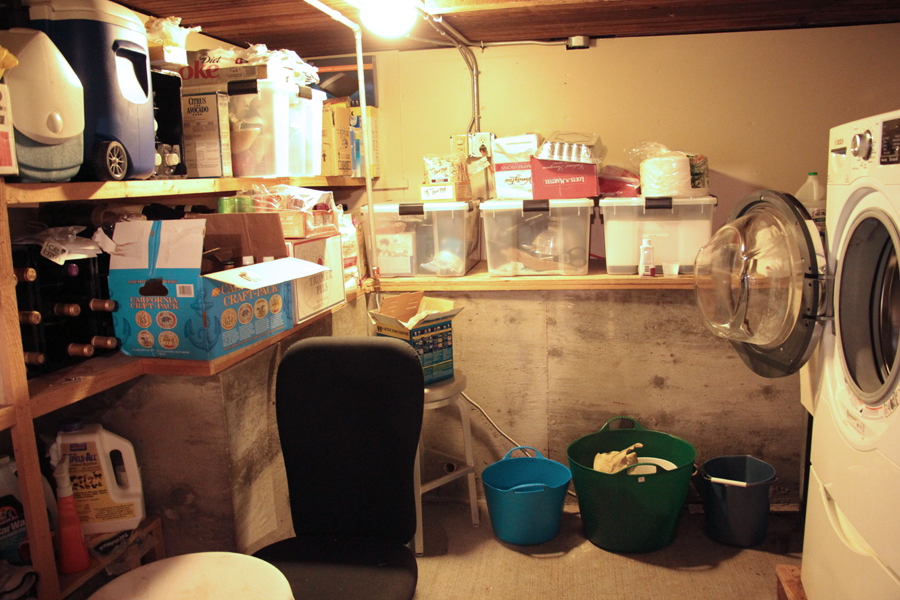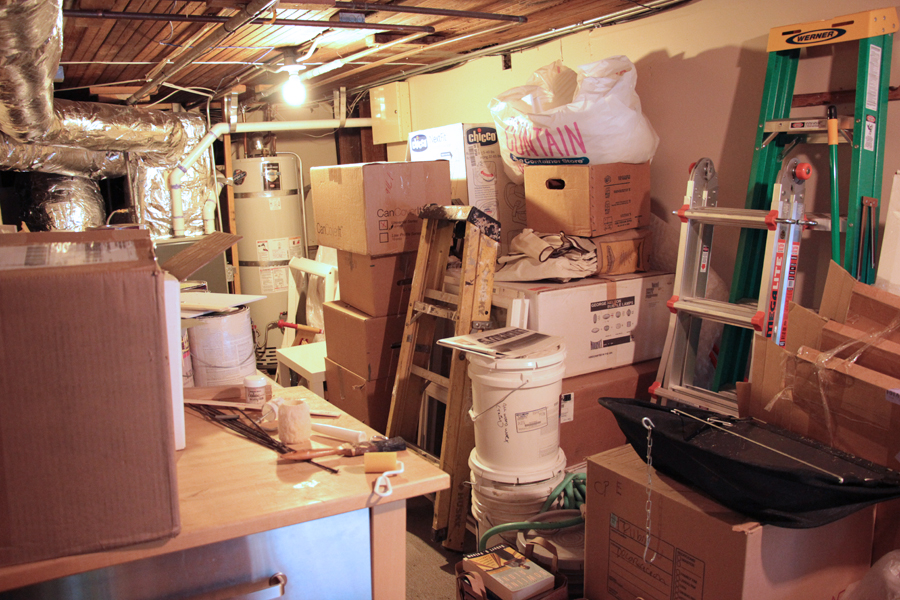Hello lovely readers! Kyle the other half of New Minimalism here to share some tips on buying bulk.
The other week I went to the library to check out Bea Johnson’s book, Zero Waste Home. While I’ve been a faithful reader of Bea’s blog for several years now, I had yet to read her book and wanted to dive deeper into her lessons on sustainability.
Bea is one of the true pioneers of sustainable living and has been a major source of inspiration for New Minimalism from the beginning. Through determined life-simplification efforts, Bea decreased her family’s landfill-bound waste to a single jar-full per YEAR. From her family of FOUR. Seriously impressive.
And while statistics like this are hugely inspiring and eye-opening to what is, in fact, possible, they can also feel unattainable. Once we classify something as unattainable goals such as these can be easily dismissed as too drastic or extreme to apply to one’s own life. You might reason, “my family would never go for that” or, “my roommates might think I’m annoying.”
But one of the most enlightening parts of the book was how Bea described the way her family lived before the transformation. They were not born this way. It took a commitment to self-education, continued experimentation and down-right persistence to transform from the typical super-consumer American lifestyle they had adopted.
How did they make it happen?
The primary way that the family strives for zero waste is by maintaining a stringent “no-packaging” rule for all consumable items that enter the house. Aside from cosmetics and household cleaners, most items that enter the home in packaging are food. And Bea is a master at buying in bulk.
I love buying food from the bulk bins. It tastes fresher, it feels good to keep my waste bins free of plastic and cardboard, and I love opening my kitchen cabinet and seeing rows of glass containers, rather than labels upon labels. But even still, I hadn’t totally reframed my thinking about it.
Buying in Bulk
Before Bea’s book, I bought the obvious items in bulk: nuts, grains, beans. But now my mindset has shifted and I am aiming to replace all packaged goods with bulk options. For example, there is a gluten-free granola that I love, but it is not sold in bulk. In the past I thought, dang, I wish I didn’t have to buy this packaging, as if I didn’t have a choice about it. But after reading Bea’s book, I decided to seek out the bulk alternative to my granola habit. And guess what, there are some great granola options in the bulk section. Same with olive oil, tahini and and shampoo. They have bulk shampoo, people!
I also love the bulk aisle because it encourages me to try something new. I recently found quinoa pasta in bulk. We aren’t pasta eaters (don’t tell my Italian relatives), so I typically do not buy pasta, but the fact that it came without packaging in a healthier alternative encouraged me to experiment. I used it in this simple recipe and it was a smashing success.
A peek inside my small pantry.
So I encourage you to seek out bulk foods whenever possible. Every Whole Foods store has a bulk section. And here is a list of some local favorites for buying bulk: Rainbow Grocery (San Francisco, CA), Berkeley Bowl (Berkeley, CA), and Good Earth (Fairfax, CA). Also research if there is a food co-op in your city. They are a great community to be a part of, and most co-ops have bulk sections as well. If you are lucky enough to live in Berlin, you probably already know about the packaging-free grocery store, Original Unverpackt.
If you are new to buying bulk, here are some tips to take with you:
Most stores that provide bulk bins also sell reusable glass jars and cotton bags to transport your bulk items. If those bags are not an option, use small paper or compostable bags before reaching for single-use plastic bags.
“Tare weight” describes the weight of the container, without the contents. When you bring your own glass or plastic container to use in the bulk section, you'll need to have the tare weight measured before you fill your container. Most stores with large bulk sections have an assistant available to help you here.
Rather than use those twisty-ties to write the food id #, use a notepad application in your phone. You'll just have to pay attention during checkout and tell the cashier what is what.
Know the size of your containers at home, so that you don’t accidentally buy twice as much as you can properly store.
Linger in the bulk aisle and see what catches your eye. You may be surprised at what you find.
An example note from my phone






















